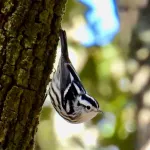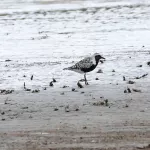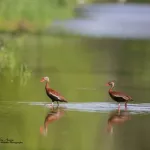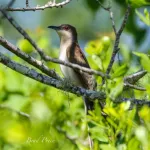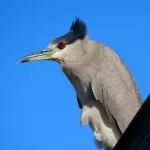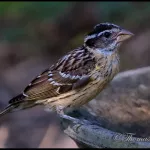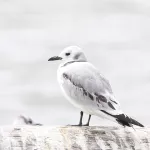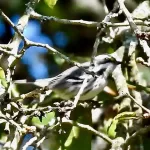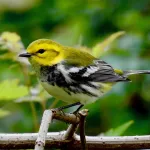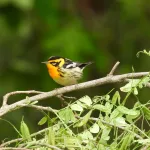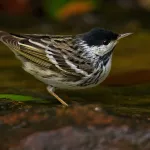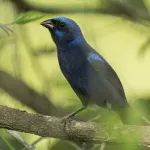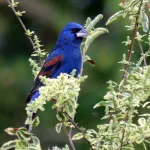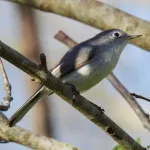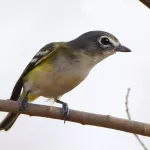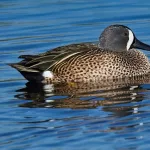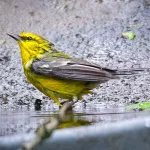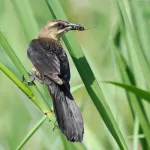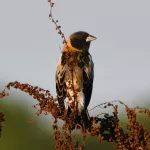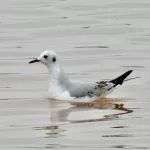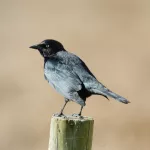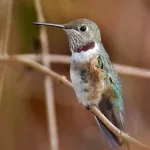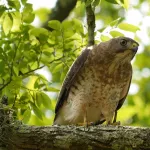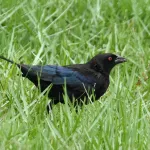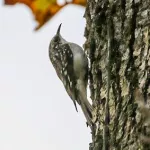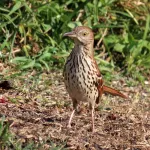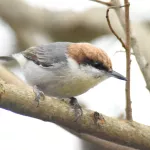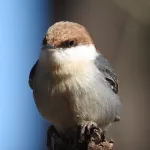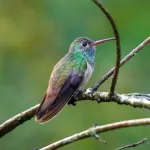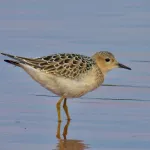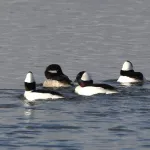Los Adaes State Historic Site may be small, but its history is mighty. Originally established as a Spanish colonial mission in 1714, this small outpost was named the Spanish capital of Texas in 1729. It served as the seat of the Spanish provincial government until 1770.
Today, a nature trail around Los Adaes draws a wide range of bird species, thanks, in part, to its thick fringe of the mixed pine-hardwood forest. Expected year-round birds include American Crow, Carolina Chickadee, Tufted Titmouse, Carolina Wren, and Pine Warbler.
Raptors fly in and out of the site, including vultures, hawks, and Mississippi Kite. During the winter, Cooper's and Sharp-shinned Hawks visit. Additional nearctic species, such as Hermit Thrush, American Robin, Cedar Waxwing, Ruby-crowned Kinglet, and Orange-crowned and Yellow-rumped Warblers, can be expected during winter.
This 14-acre state historic site is open seasonally (March-December Wednesday-Saturday 12-4 pm; January-February by appointment only). Guides take visitors on the grounds of the presidio, sharing the history of this colonial outpost as it has been recreated through research and archaeological study. Visits to the archaeology lab are also an option. Amenities are limited to paved parking and a primitive nature trail. This site is handicapped-accessible.


